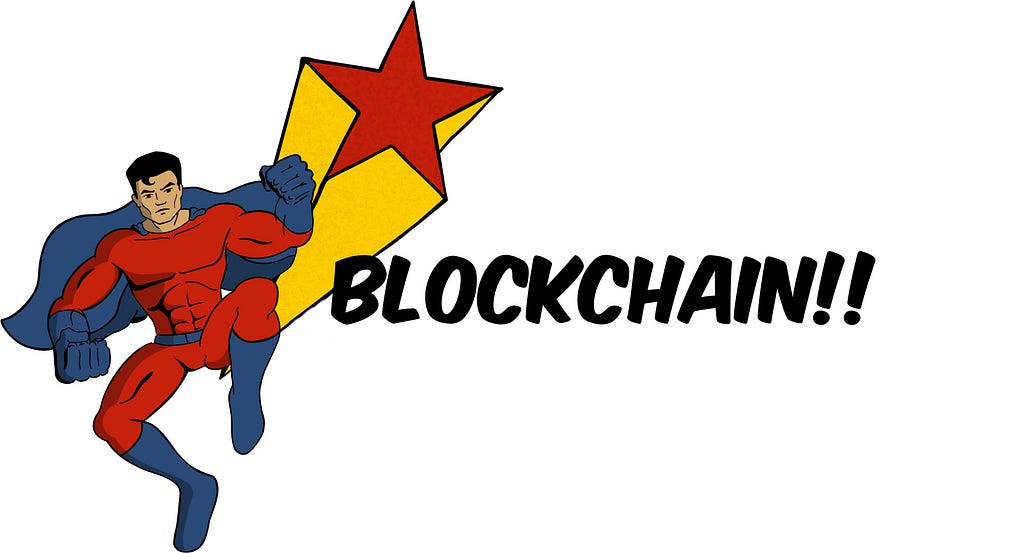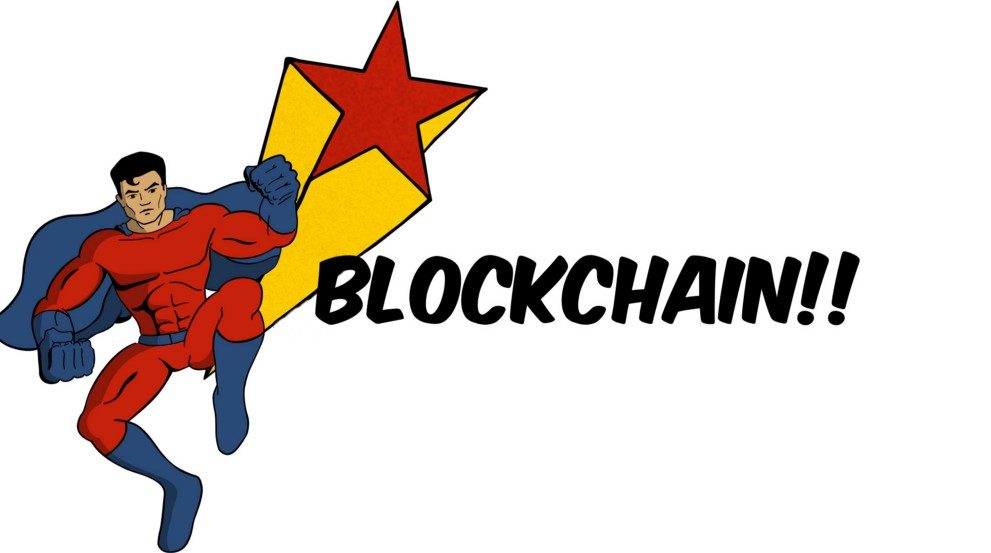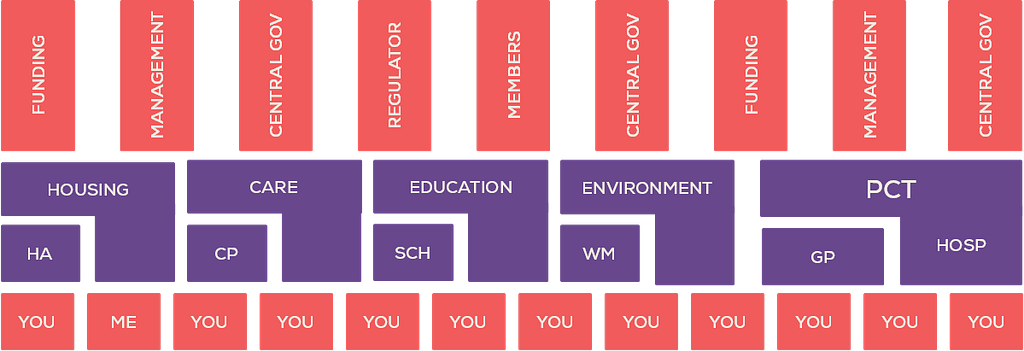What does innovation mean to you?
“It’s the realisation of ideas, the translation of possibility into material value. The old adage about 99% perspiration is true in my experience through a number of start-ups. The idea is the easy bit. Making it real takes sweat, and investment.”
This was my answer when asked by TheBusinessDesk recently what innovation meant to me. But I realised it was one of many possible answers.
Innovation is something that every almost company seems to be chasing at the moment, driven in part by excitement about what is possible, and in equal measure by fear of impending disruption and how business will change in the future. These are equally valid motivations. No-one wants to be blown away by Schumpeter’s gale, and that weather front seems to be approaching every organisation, if it hasn’t already hit.
Innovation buzz
It’s easy to be cynical when there is so much buzz around an idea, particularly in business where fads seem to fly past faster than new fashions. But I genuinely believe that high frequency change (as distinct from a more generic argument for accelerated change) justifies renewed focus on innovation for future business, in proposition, process, and culture.
So what is innovation? And what is it not?
For me, what it is not, is exclusively new ideas. Ideas are frankly ten a penny. Great ideas may be rarer, but to be honest, there are plenty floating around out there. What is generally lacking, is application. Whether it’s a new idea, an old one, or often one borrowed from another place, the key to innovation is making it count.
Fail fast?
Innovation is not always about success either. ‘Fail fast’ has become another over-used term, often with too much emphasis on the ‘fail’ and not enough on the ‘fast’. Because ‘fast’ in this context also means ‘cheap’.
We are better equipped than ever to experiment with advanced technologies, and every business should encourage its people to do so, but only within a framework that maximises the chances of success and learns lessons from the natural proportion of failures. Failing fast without learning lessons is just wasting time.
Creating a culture
Innovation may be cheaper now, but it’s not free. That’s why innovation needs support from leadership, and committed expenditure. There is a natural overhead that comes with change, and every business model focused on sustainable success should be budgeting for it.
Putting budget aside is a great starting point for a culture of innovation. It says that you are committed. Package this budget in a framework that encourages feedback, speculation, and experimentation, and you are beginning to create the right environment.
Iteration & recombination
Innovation also doesn’t have to be about big steps. Many smaller steps can be just as valuable, if not more so. This is particularly true in organisations that have lacked a culture of innovation, and where assembling financial and political support for major change can be time-consuming and draining.
Smaller steps can start to build up a track record of evidence, demonstrating progress and value. And these small steps particularly don’t need to be about original ideas: small iterations of existing processes and structures can rapidly improve efficiency and customer experience, and eliminate frustration.
One of the cheapest and easiest forms of innovation is the application of other people’s innovations to your organisation. Cloud applications are particularly easy to bolt-on to existing processes, and while uncontrolled, this type of ad-hoc procurement risks a future IT nightmare, it can be a great business model for rapid prototyping.
Future disruptive innovation
Disruption and innovation are terms that have become so over-used as to lose their meaning in this accelerated time. But even without this desensitising effect, they are broad, imprecise terms that do little to describe the acute nature of the challenge that some sectors are facing, or the effort required to address those challenges.
I recently spent time with a collection of terrifyingly bright people at Accenture’s Dublin innovation centre, The Dock. When I say terrifyingly bright, I mean people with decades of academic and commercial experience with artificial intelligence and other cutting-edge technology, people who left prestigious academic institutions to tackle more practical technological challenges.
I’m glad to say that despite their intelligence, they too wrestle with the language of change. But I picked up a few nuggets that I found useful. I thought you might too.
Compressive Disruption
One, from Accenture Digital’s MD Arabel Bailey, was the idea of ‘compressive disruption’. This neatly describes to me the effect of increased competition that technology enables by lowering barriers to entry into markets. Many companies are finding shards of their profitable business shaved off by new entrants, or seeing non-traditional competitors start to squeeze their margins, coming in from other countries or adjacent industries. That sense of compression seems to neatly sum up the effect this has on a business, boxing in their opportunities in the future market.
Above and below
The other was from Aidan Quilligan, global leader of Accenture’s ‘Industry X.0’ practice. He neatly broke innovation down into ‘above the line’ and ‘below the line’, in terminology that will be familiar to any marketer. In this case, below the line innovation is about addressing the cost base. Above the line innovation drives new revenue streams.
Most people are focused on below the line activity — at least initially. In an ideal world, resources released by this investment are redirected into above the line innovation. Though that might depend how much work you do below the line, and whether you do it fast enough.
How will business change in the future?
Ultimately, innovation is about survival. As Schumpeter said, “[Capitalism] is by nature a form or method of economic change and not only never is but never can be stationary.”
If you want your organisation to survive and thrive then innovation for the future is critical. Create a culture of innovation by assigning clear budgets to it, by inviting contributions from across the organisation, and by creating a framework within which ideas can be tested, evaluated and applied or discarded as appropriate, rapidly and cheaply.














